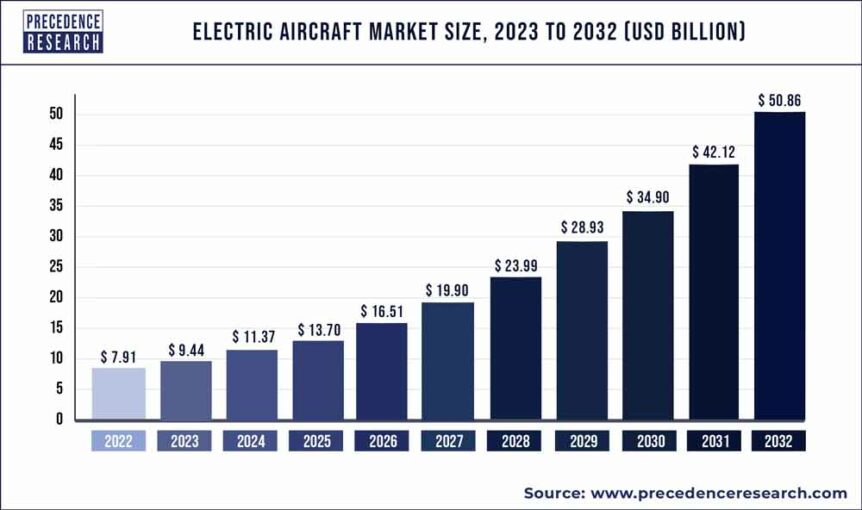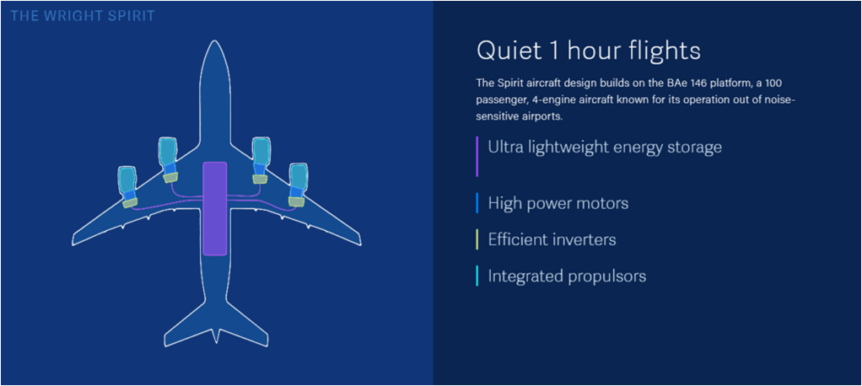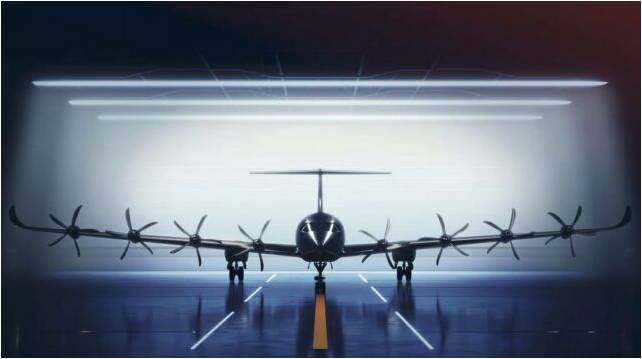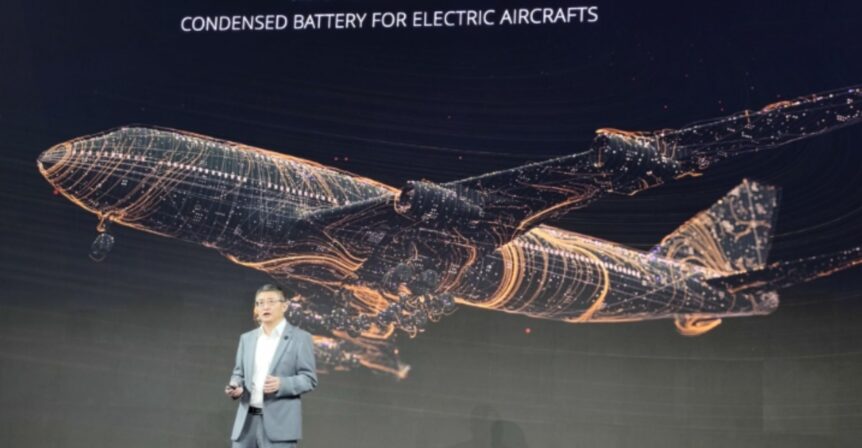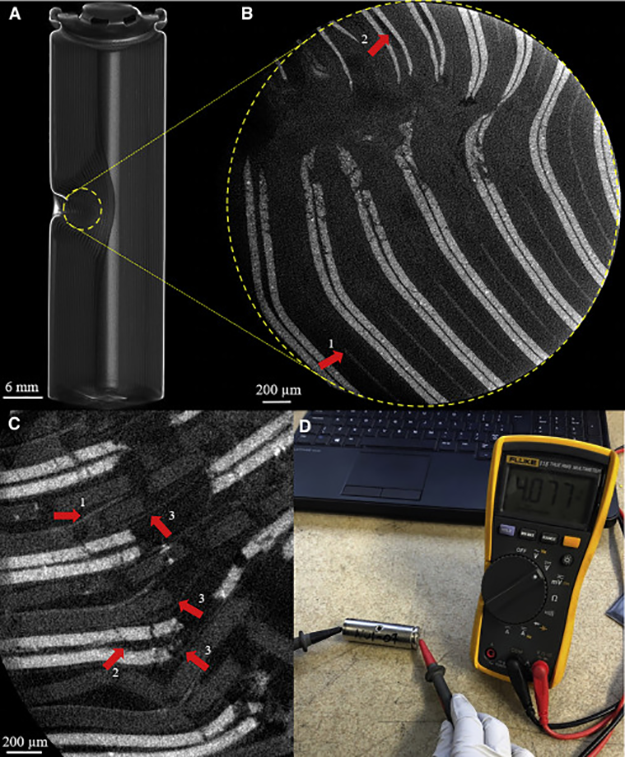The federal government is creating yet another round of incentives to “spark” development of “significantly smaller, lighter and less expensive batteries.” A consortium of researchers led by Pacific Northwest National Laboratory (PNNL) will receive up to $10 million a year over five years to perk up battery performance, with the goal of creating a 500 Watt-hour per kilogram battery pack, about three times that of currently available commercial offerings. The new batteries should be “reliable, safe and less expensive,” according to consortium director and PNNL materials scientist Jun Liu. Research will come from partners nation-wide, including: Brookhaven National Laboratory Idaho National Laboratory SLAC National Accelerator Laboratory Binghamton University (State University of New York) Stanford University University of California, San Diego University of Texas at Austin University of Washington IBM (advisory board member) Even though the goals and the budget seem similar to those explained by Energy Secretary Steven Chu two years ago, his directive included research on alternative materials, such …
IBM’s Battery 500 Project
One of several presenters at this year’s sixth annual Electric Aircraft Symposium held by the CAFE Foundation at Santa Rosa, California on April 27 and 28 this year, Dr. Winfried W. Wilcke, senior, Manager of Nanoscale Science and Technology at IBM’s Almaden Research Center, initiated and heads up the Battery 500 project, a coalition to create a battery that will give electric cars a 500-mile range. Partners include the United States Department of Energy National Laboratories, the Stanford Linear Accelerator National Laboratory, and Stanford University. Asahi Kasei and Central Glass have recently joined the enterprise, chosen for their expertise in battery separator membranes and electrolytes respectively. The Project’s goal is to eliminate range anxiety for EV owners and use the excess capacity of the electrical grid at night for charging. Dr. Wilcke explained that if all U. S. drivers had battery-powered electric cars, 73 percent of those EVs could be recharged at night with excess electricity from the grid. Given …
IBM’s 500 Mile Battery Progress
According to an article by Simon Fogg on the New Electronics UK web site, “In the early 1900s, electric vehicles were more common than their petrol powered counterparts – and so were steam powered versions, although these allegedly took 45minutes to start.” What we now think of as “alternative energy” vehicles were killed off when the self starter became a common feature on internal-combustion cars. The danger of breaking an arm while cranking the family automobile was gone, and women, who had been big proponents of the salon-like electrics of the day, turned to gasoline power to run errands. With two billion fossil fuel-powered cars pumping their exhausts into a beleaguered atmosphere, the question becomes not whether there will be enough gasoline in the future, but whether the future can survive a plentiful supply of such fuel. The CAFE Foundation’s April Electric Aircraft Symposium introduced IBM’s Battery 500 project, as directed by Dr. Winfried W. Wilcke, Manager of Nanoscale Science …
Worldwide Battery Developments
Worldwide, batteries are getting a great deal of backing, but probably not at the level of China’s push to rule over world electric vehicle markets. Recently, China awarded BYD $3.7 billion to enable it to pursue dominance of the world EV market. According to Bloomberg.com, “Virtually all of China’s listed companies received direct handouts in 2022, the Kiel Institute [for the World Economy] said, flagging support for wind, solar and railway rolling stock companies. Industry aid in China is “at least three to four” times higher than in large EU and OECD countries, the group said.” The European Union is busy investigating China’s underwriting of its own auto industry in what the EU sees as an anti-competitive advantage in an ongoing EV price war. America, for the most part, and aside from relatively minor Advanced Research Project Agency – Electric (ARPA-E) funding, does not seem to encourage EV development. What usually starts with automotive advancement eventually finds its way skyward. …
A 1k\Wkg Aluminum-Air Flow Battery
A one kilowatt per kilogram battery would be a literally fulfilled wish in any aircraft designer’s list of desirable advances. Tesla’s drive around with 260 Watts per kilogram in their floors, and Amprius recently announced 500 Watt per kilogram cells. A battery able to store one kilowatt of energy in one kilogram (2.2 pounds) would be an enormous breakthrough for electric aviation. Under “stealth” development before being announced in 2023, the battery could become a fitting companion to the lightweight motors and controllers Wright is crafting. ARPA-E (the Advanced Research Projects Agency–Energy) rewards some very creative teams. One winning team combines Wright Electric and Columbia University in an effort to develop tomorrow’s 4X batteries. Three Project Parts ARPA-E awarded $1,499,098 to “support development of an ultra-energy-dense aluminum battery and novel artificial intelligence system.” Part of the Plane Electrification with 1K energy storage systems program (PROPEL-1K), the award will fund what Wright promotes as “Air-1, [an] elevated temperature battery designed for …
E9X: 90 Passengers, 480 Battery Miles
What can carry 90 passenger 480 miles on battery power alone? Such a query flies in the face of others’ efforts to hybridize medium-range flight, but may be answered by Delft-based Elysian Aircraft. Their eight-motored, battery-powered E9X uses a backup turbogenerator only for reserves, putting a level of trust in the 365 Watt-hour per kilogram cells buried within the long, slender wing for safe transit. Graham Warwick’s Article Graham Warwick, writing for Aviationweek.com, explains that, “Breaking with traditional design principles, Delft-based Elysian says it has found design space where a large electric aircraft looks viable with near-term battery technology.” That kind of range for that large an aircraft seems extreme, but the E9X’s developers are using currently-available batteries to achieve their goals. Reynard de Vries, director of design and engineering at Elysian, explains, “If you want to make a significant impact on the sector as a whole, then you need to electrify flights up to 1,000 km [620 mi.]. Then …
Three Silicon 500 Kilowatt-hour-per-Kilogram Batteries
Suddenly, three battery makers have announced silicon-based 500 kilowatt-hour batteries, a major leap forward for possible use in electric aircraft. The three use varied techniques to achieve this significant energy increase. Amprius We covered Amprius’ new battery on March 28, noting its successful record-breaking flights in AALTO’s Zephyr HAPS (High Altitude Pseudo Satellite) aircraft. This frail-looking but obviously over-achieving machine has loitered over the desert of New Mexico and beyond for over 64 days and nights, powered by a combination of sunlight and Amprius batteries. The batteries in particular just keep getting better. That record was set with the last generation of Amprius cells, but future flights will benefit from the verified performance of their new 500 kilowatts per kilogram batteries. Mobile Power Solutions performed such tests, showing results of >504 Wh/kg and >1321 Wh/l at 25°C. Pierre-Antoine Aubourg, Chief Technical Officer at AALTO HAPS, looks ahead. “We look forward to taking advantage of Amprius’ 500 Wh/kg cell to further …
Amprius Announces 500 Watt-Hour per Kilogram Cell
Amprius has announced a 500 Watt-hour per kilogram cell, essentially doubling the energy density available up to now. Remember, though, that cell-levels of energy drop as the cells are incorporated into modules and packs, carrying the burdens of containment packaging, bus bars, and battery management systems (BMS) that lower total output. Pack levels will be lower. Slow Progress This comes as the culmination of at least 14 year’s work, starting with Yi Cui’s work at Stanford University. Your editor first saw him at a 2009 CAFE Foundation symposium at the Hiller Aviation Museum in San Carlos, California. He was a proponent of the 10X battery, which at that time would have meant 10 times the energy storage of then typical cells, or around 10 times the 200 Watt-hours per kilogram then considered to be a respectable achievement. This blog reported in 2013, “According to Green Car Congress, ‘The company has also demonstrated greater than 650 and 700 Wh/L batteries with …
Pie Aeronefs UR-1: V-tailed, Battery-winged Racer
Pie Aeronefs, a small team of dedicated builders in Switzerland is putting the finishing touches on the UR-1, a V-tailed, battery-winged electric racer expected to fly in next Air Race E series. “Marc Umbricht’s vision is to create a 4-seater general aviation electric aircraft that shall equal or surpass the performances of standard piston engine aeroplanes. This new generation aircraft will bring a viable and sustainable alternative on the general aviation market.” To achieve this ultimate goal, the Pie Aeronefs team has a series of iterative designs to explore, starting with a single-seat eRacer. The small aircraft development firm in La Sarraz, Switzerland is on track to complete the airframe of its UR-1 Air Race E machine soon. 12 Battery Packs Innovative in the extreme, the small craft will store 12 in-series 10-kilogram (22-pound) battery packs in its wings. Each 55-Volt pack stores 1.15 kilowatt hours of electricity. The 13-member team chose lithium-ion polymer cells for their battery packs because …
Really Cool Battery News from NREL – Really
Plaid Fire Car fires are scary. Airplane fires are even more so, since you can’t just pull over and hop out. Scientists at the National Renewable Energy Laboratory (NREL) and NASA, and in England and France may have come up with a way to stop electric car fires. Owners of petrol-powered autos will have to continue to check for leaking flammable fluids, greasy engines, and sources of the 140,000 car fires in the US alone every year. There aren’t that many electric car fires, but they make the news. One in particular, a brand new, low-mileage Tesla S Plaid, melted down after self-igniting. Reportedly, the $130,000 car briefly trapped the owner inside. The Verge reports, “Luckily, the driver escaped alive. It’s also important to note that this could be a flaw with the design, but further investigation is necessary to confirm or refute this possibility.” A headline fire like this draws headline legal attention – in this case from Mark …

